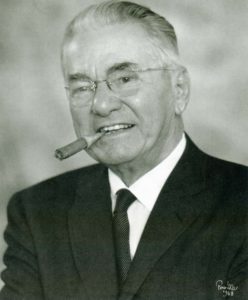History
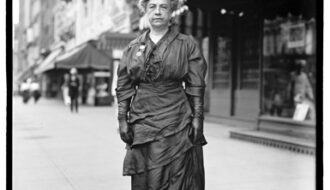
Kate and Jean Gordon
Sisters Jean and Kate Gordon stand out as among the most influential women of the progressive era in New Orleans.

Sisters Jean and Kate Gordon stand out as among the most influential women of the progressive era in New Orleans.
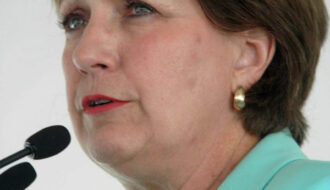
Kathleen Blanco, Louisiana's first woman governor, served during Hurricane Katrina and its aftermath. Blanco faced extreme criticism of her handling of the disaster.

A round, braided cake consumed during the Carnival season across Louisiana, especially in New Orleans.
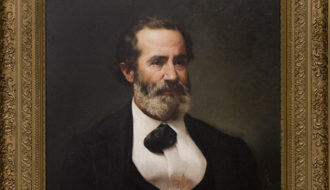
The white supremacist group Knights of the White Camellia emerged during Reconstruction, and were referred to as Louisiana's version of the Ku Klux Klan.
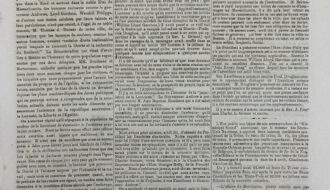
The South’s first Black newspaper, L’Union was an abolitionist journal that promoted full citizenship rights for men of African descent.
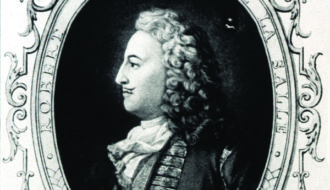
René-Robert Cavelier, sieur de La Salle, led two expeditions in search of the Mississippi Rivers outlet to the Gulf of Mexico for France under King Louis XIV.
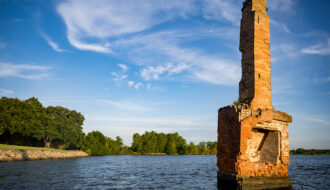
An oil drilling operation at Lake Peigneur accidentally punctured a salt dome, creating a sinkhole that swallowed barges and caused the Delcambre Canal to flow backwards.
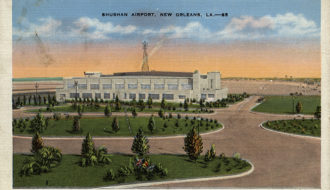
In order to accommodate seaplanes as well as land-based craft, New Orleans's Lakefront Airport was built on land dredged from Lake Pontchartrain to create a site that projects into the lake.
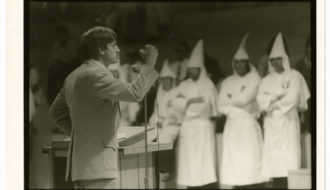
Louisiana entered the 1960s behind the national curve in postwar development but poised for dramatic progress.
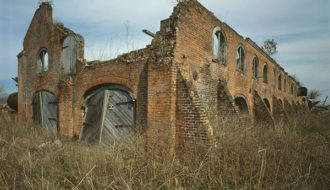
In the early twentieth century, Thibodaux's Laurel Valley Plantation was the largest sugar producer in the region and employed as many as 450 workers.
Methodist pastor Lea Joyner, the only ordained woman in the Methodist Church in mid-twentieth century Louisiana, was one of the most popular pastors in the state.
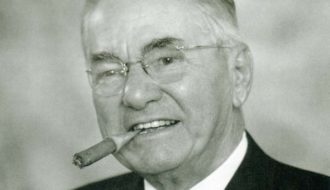
Corrupt democratic politician Leander Perez Sr., a staunch segregationist, served as a district judge, district attorney, and president of the Plaquemines Parish Commission Council.
One-Year Subscription (4 issues) : $25.00
Two-Year Subscription (8 issues) : $40.00
